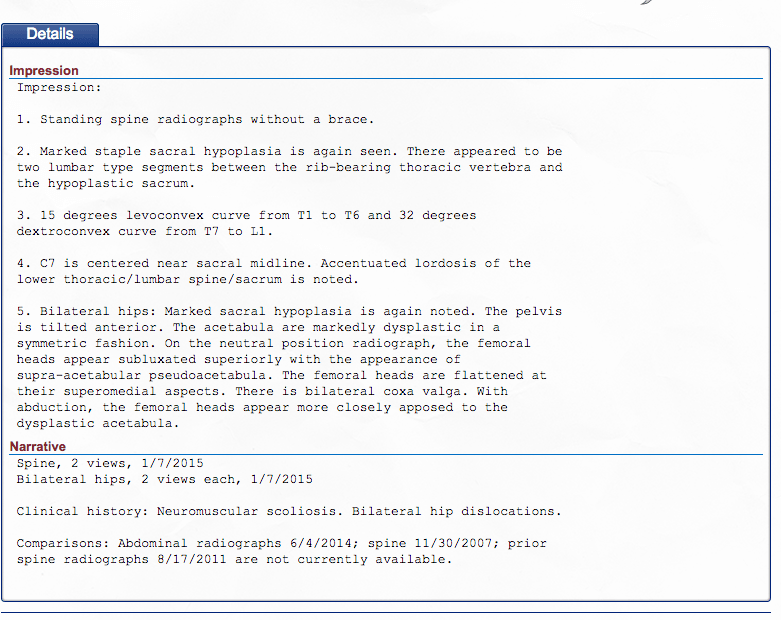So I’ve gotta stop treating like the disease is a win – lose.. If I give up, I lose.. I am trying to take my health more seriously. But as a young twenty something year old, I feel like I’m on top of my game. I’m moving from place to place – changed zipcodes 5 xs in the past 5 years. That is truly amazing. I do not like sitting still and I never will.
Did you read that? I will not sit still.. Moving, pushing forward and making the most of life whether that lifestyle is in Detroit or whether my life takes me to another country. I’m game.
 Ive been visiting with specialists for the past month to understand what my life will be predicted in the next few years. My doctors are some of the very best specialists in the world. It took over 8 months to schedule all of my visits for the testing:
Ive been visiting with specialists for the past month to understand what my life will be predicted in the next few years. My doctors are some of the very best specialists in the world. It took over 8 months to schedule all of my visits for the testing:
<Here is who I went to see…
I will share some of my test results with you all.. So you can really face the facts about what I have and the seriousness:

What am I going to do? — Just live….
What is sacral agenesis?
Caudal regression syndrome is a broad term for a rare complex disorder characterized by abnormal development of the lower (caudal) end of the spine. The spine consists of many small bones (vertebrae) that collectively form the spinal column. The spinal column is generally broken down into three segments – the cervical spine, consisting of the vertebrae just below the skull; the thoracic spine, consisting of the vertebrae in the chest region; and the lumbar spine, consisting of the vertebrae of the lower back. A triangularly-shaped bony structure called the sacrum joins the lumbar portion of spine to the pelvis. The sacrum consists of five vertebrae fused together. At the end of the sacrum is the tailbone (coccyx). A wide range of abnormalities may potentially occur in infants with caudal regression syndrome including abnormal development (agenesis) of the sacrum and coccyx and abnormalities of the lumbar spine. More severe malformations may occur in some cases. Abnormalities of the lower spine can cause a variety of additional complications including joint contractures, clubfeet and disruption or damage of the end of the spinal cord may occur, potentially causing urinary incontinence. Additional anomalies of the gastrointestinal tract, kidneys, heart, respiratory system, upper limbs and upper portions of the spine can also occur. The exact cause of caudal regression syndrome is unknown. Both environmental and genetic factors are suspected to play a role in the development of the disorder. Resource: https://www.healthwise.net/myuofmhealth/Content/StdDocument.aspx?DOCHWID=nord898&f=myuofmhealth



























